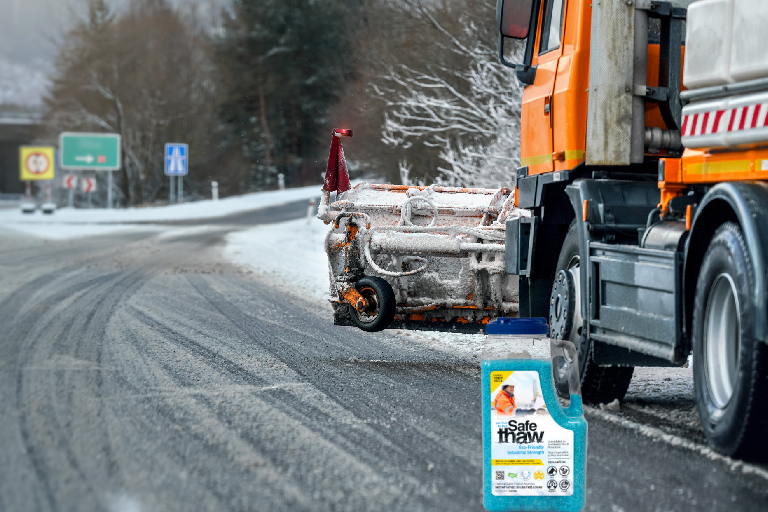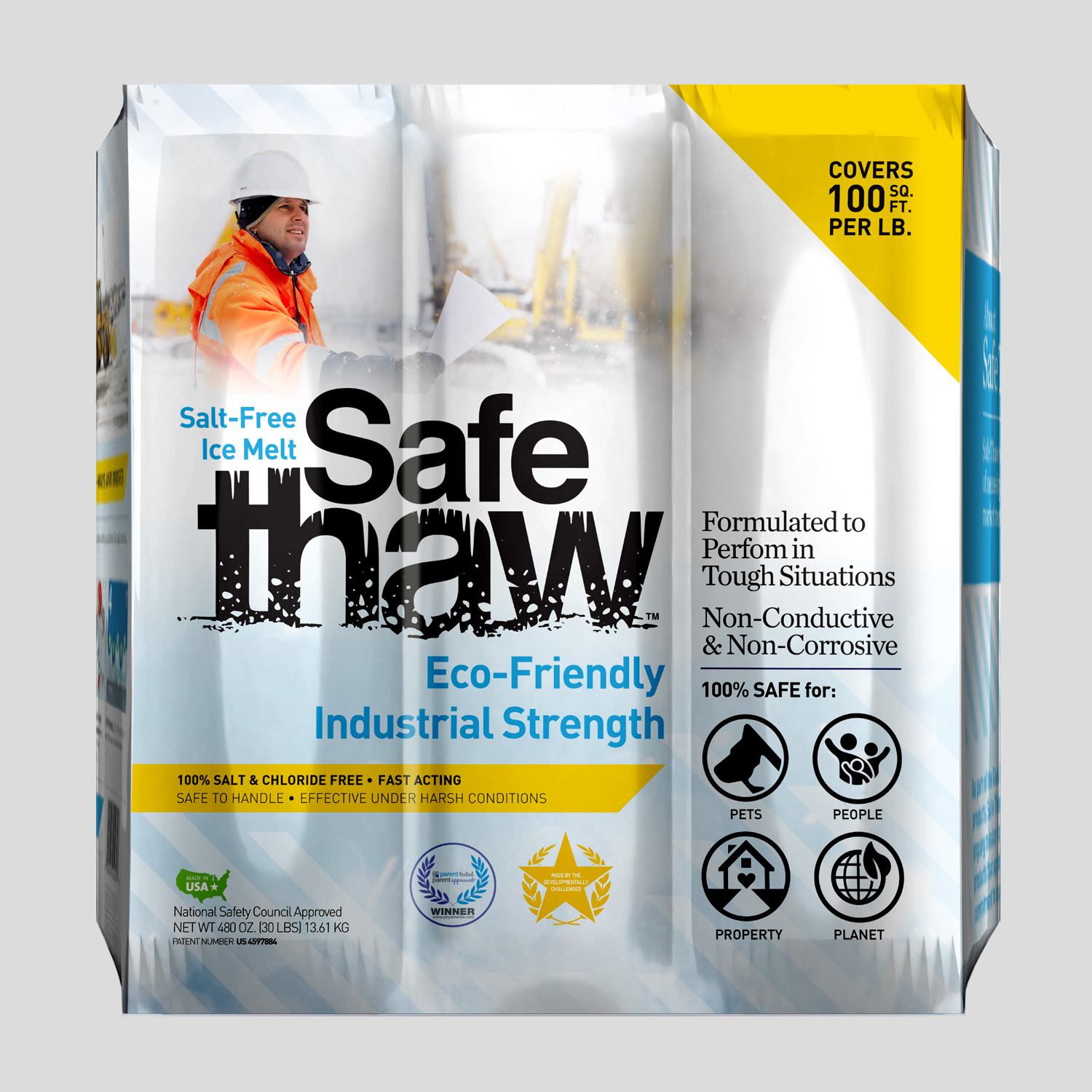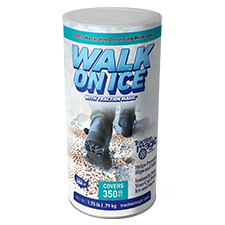When Does Ice Melt? Exploring The Factors That Influence Ice Melting

Introduction
The question “When does ice melt?” seems straightforward, but the answer isn’t as simple as one might think. Several factors influence when and how ice melts, from environmental conditions to the substances applied to it, like salt or ice melt products. While people often ask, “Does salt keep ice from melting?”, the reality is more nuanced. This article will examine these factors, debunk common myths, and introduce a superior ice melt solution, Safe Thaw.

Safe Thaw
Safe Thaw was created as the ice management solution for tough winter environments. Ideal in commercial and industrial properties, shops, government agencies, bridges, and construction.
The Science Behind Ice Melting
Ice begins to melt at temperatures above 32°F (0°C), transitioning from a solid state to a liquid one. However, factors like the presence of impurities, the application of pressure, and the surrounding environment can influence this process.
The Role Of Salt
One common misconception is that salt prevents ice from melting. The reality is that salt lowers the freezing point of water, enabling ice to melt at temperatures below 32°F (0°C). However, salt’s effectiveness diminishes significantly when temperatures fall below 15°F (-9.4°C). Moreover, the use of salt presents several challenges.
- Environmental Impact: Salt can harm the environment. It can contaminate water sources, affect aquatic ecosystems, and damage plants.
- Infrastructure Damage: Salt can be corrosive, leading to the deterioration of concrete structures and the rusting of metal within these structures.
- Hazard to Pets: Salt can irritate the paws of pets and be harmful if ingested.
- Effectiveness in Extreme Cold: As noted, salt becomes increasingly ineffective as temperatures drop below 15°F (-9.4°C).
Safe Thaw: A Superior Solution
Safe Thaw provides an effective and environmentally friendly alternative to traditional salt-based ice melting methods.
- Safe Chemistry: With a patented dual-effect formula, Safe Thaw instantly breaks the surface tension and accelerates the melting process, far surpassing the capabilities of salt.
- 100% People, Pet & Plant Safe: Safe Thaw is entirely safe if it comes into contact with skin or eyes, or if ingested. It’s also pet-friendly and won’t harm plants, making it a safer choice for households and businesses.
- Surface Safe: Safe Thaw is safe to use on all surfaces, including decking, concrete of at least one year old, pavers, brick, stone, and more. It won’t cause the corrosion that salt-based products do.
- Non-Corrosive & Non-Conductive: Safe Thaw won’t damage machinery or cause short circuits in electrical equipment – common issues with salt-based products.
100% salt & chloride-free, fast acting Ice Management Solution
Conclusion
When we ask, “When does ice melt?” we must consider a range of factors. While salt can influence ice melting, it is not always the most effective or responsible choice. Instead, products like Safe Thaw, which prioritize safety and efficacy, are more desirable for managing ice and snow. Safe Thaw is not just about efficient ice melting; it also ensures the safety of people, pets, and property. With its patented formula, Safe Thaw provides a solution that you can trust in your battle against ice and snow.
Try Also Our Other Winter Safety Products:
Safe Paw
The Original and #1 Selling Pet and Child Safe Ice Melt for over 20 years. Guaranteed environmentally safe –It won’t harm animals or children, and it won’t damage your property. That’s Safe Paw. Safe Paw can change how winter affects our planet.

Walk On Ice
The handy disposable canister can be taken everywhere, with the same 100% naturally occurring minerals that provide instant traction on ice or snow. Use it on sidewalks, steps, or as an instant traction agent for your car.



